HisarMod: A new challenging modulated signals dataset

- Citation Author(s):
-
Cihat Keçeci (Boğaziçi University)
- Submitted by:
- Kursat Tekbiyik
- Last updated:
- DOI:
- 10.21227/8k12-2g70
- Data Format:
 9914 views
9914 views
- Categories:
- Keywords:
Abstract
In order to increase the diversity in signal datasets, we create a new dataset called HisarMod, which includes 26 classes and 5 different modulation families passing through 5 different wireless communication channel. During the generation of the dataset, MATLAB 2017a is employed for creating random bit sequences, symbols, and wireless fading channels.
The dataset includes 26 modulation types from 5 different modulation families which are analog, FSK, PAM, PSK, and QAM. In the dataset, there are 1500 signals, which have the length of 1024 I/Q samples, for each modulation type. To make HisarMod similar to RadioML2016.10a for a fair comparison, there are 20 different SNR levels in between -20dB and 18dB. As a result, the dataset covers totally 780000 signals. When generating signals, oversampling rate is chosen as 2 and raised cosine pulse shaping filter is employed with roll-off factor of 0.35.
This work has been accepted for the presentation in the 2020 IEEE 91st Vehicular Technology Conference (VTC2020-Spring).The preprint is available here: https://arxiv.org/abs/1911.04970
Instructions:
Documentation will be available soon.


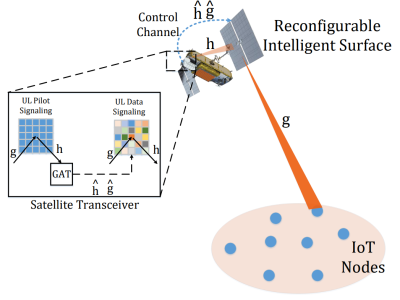
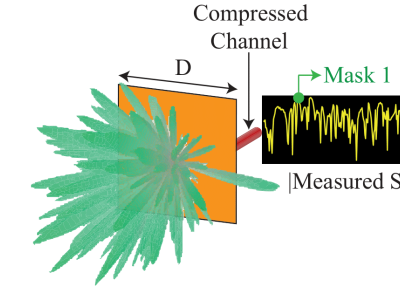
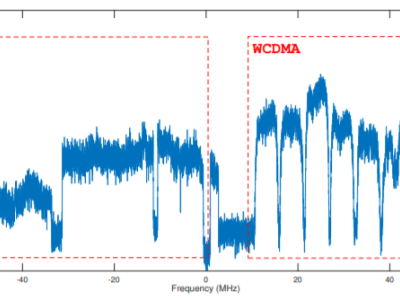
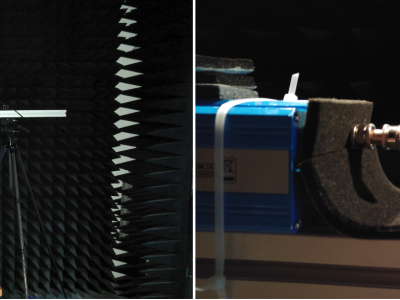
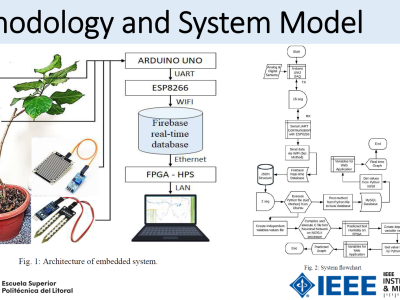
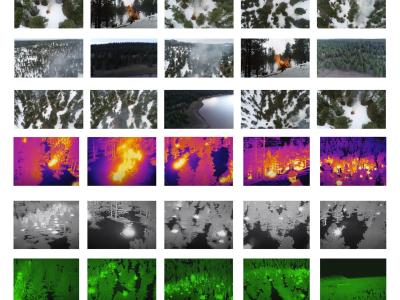
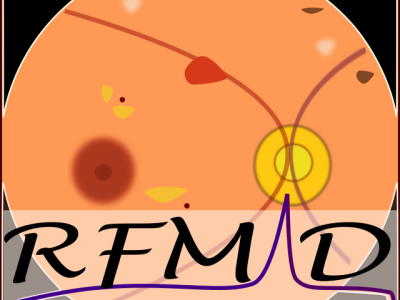
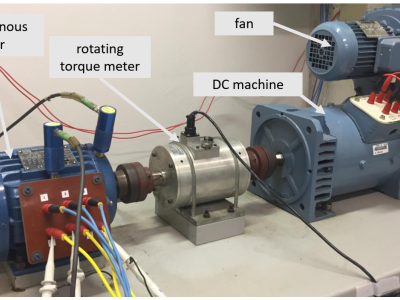


In reply to I'm a student at the by wang quan
i am a student studying in sichuan university, and i want to learn some AMR. i want to try this dataset. thank you so much.